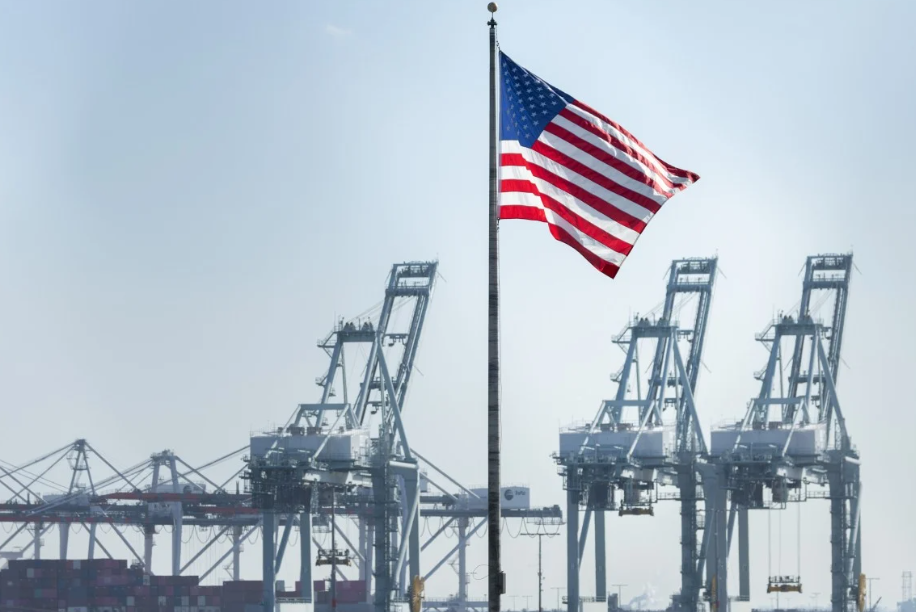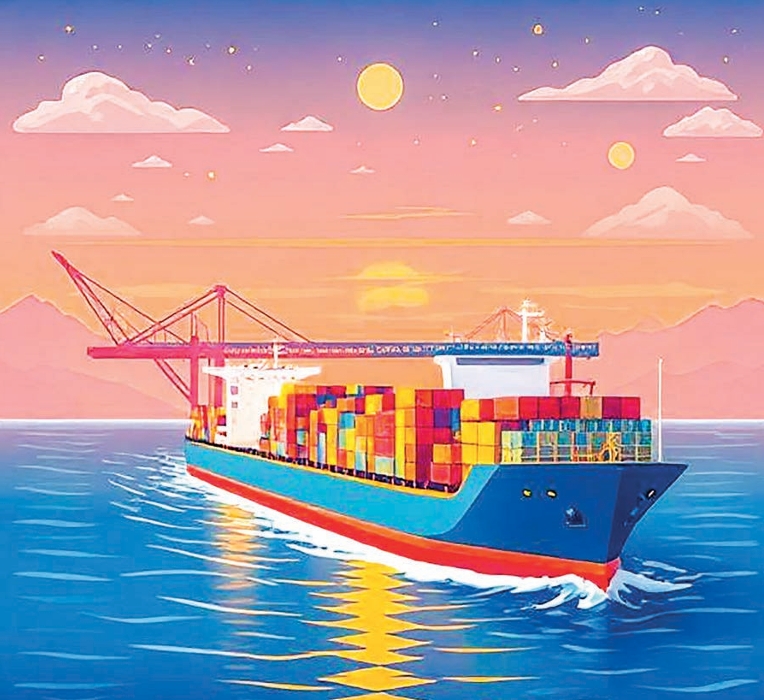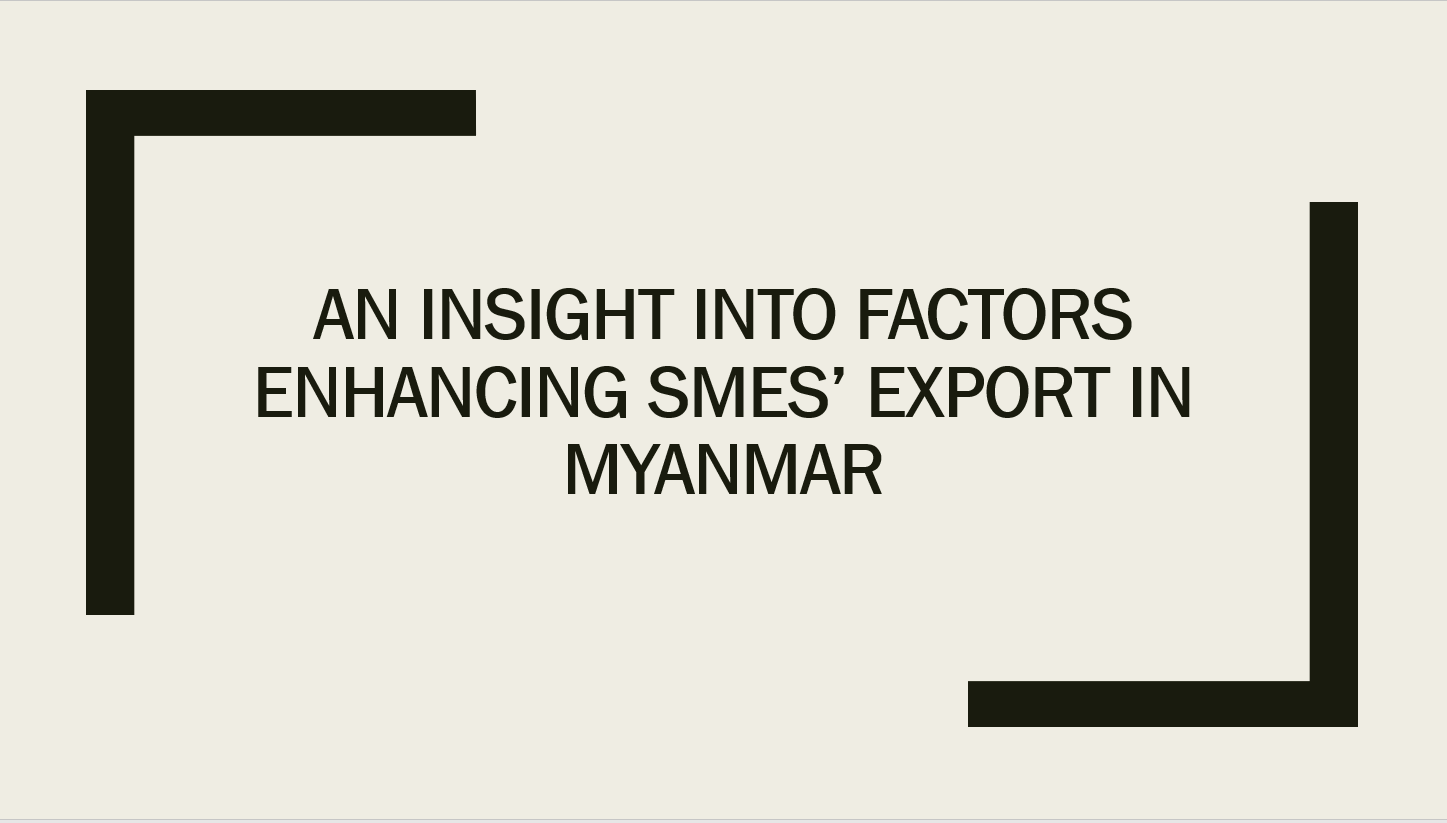Chinese crane maker raises questions over US tariff plans: ‘not a real remedy’
Posted_Date
Image

Body
Company says higher duties on Chinese cranes would just increase costs for American ports. The US ports association agrees
A leading Chinese manufacturer has taken the rare step of publicly criticising US plans to hike tariffs on made-in-China cranes, warning that the proposal would only raise costs for American ports.
Shanghai Zhenhua Heavy Industries – China’s top producer of container gantry cranes – denied it was a threat to US national security in comments submitted to the Office of the US Trade Representative (USTR) on Monday, adding that levies on Chinese products would not help revive American manufacturing.
China’s ship-to-shore cranes “pose no alleged cybersecurity risk, and the proposed tariffs are not a legitimate remedy”, it said in the statement.
The company’s comments come amid growing industry backlash against the US trade office’s proposal to slap a 100 percent tariff on Chinese-made cranes, which has also provoked criticism from a major US ports association.
USTR first proposed the levy in late April, along with new duties of 20 percent to 100 percent on containers and chassis made in China.
The measures are part of Washington’s broader push to revive US manufacturing and push back against China’s dominance in the maritime sector, which has also seen the introduction of steep port fees targeting Chinese-linked vessels.
The American Association of Port Authorities echoed those comments in its own submission to USTR, warning that the tariffs were doomed to fail due to a lack of alternatives to Chinese-made cranes in the market.
Applying the tariff “will not create a domestic crane manufacturing industry out of thin air. It will only increase costs for public port authorities,” the association said.
There are currently no American producers of ship-to-shore cranes, it noted.
Only three non-Chinese companies are active in the international market: Japan’s Mitsui and the European firms Konecranes and Liebherr.
But none of them have the production capacity to replace China’s market share, the association said.
Shanghai Zhenhua reportedly accounts for about 70 per cent of the global market for quay cranes, with products sold to 108 countries and regions.
The Shanghai-listed company generated about 4.8 per cent of its revenue in North America last year, down more than 30 per cent year on year, according to the firm’s financial statement.
In 2024, the administration of US President Joe Biden imposed a 25 per cent tariff on Chinese STS cranes.
US ports currently have 55 cranes on order and expect to need another 151 over the next six to 10 years. If the tariffs go ahead, they could cost America’s ports up to US$6.7 billion over the next decade, the association estimated.
The Port of Houston in Texas has eight cranes from Shanghai Zhenhua contracted for delivery in spring 2026, at a price of US$14 million each. That means the port would owe a whopping US$302.4 million in taxes if it is forced to pay the full tariffs, the association said.
Though the AAPA said it strongly supported efforts to reshore crane manufacturing, it added that it would take time to rebuild the industry due to a range of factors, including higher domestic steel prices, a shortage of skilled American welders, and a shortage of supplies of key crane components.
The port association suggested that the US Congress pass a bill establishing a tax credit to encourage domestic manufacturing, and called on USTR to hold off on any further tariffs on cranes until such legislation is enacted.
It also called for a delay of one to two years in implementing the proposed 100 percent tariff and requested that cranes ordered or contracted before the proposal’s publication on April 17, 2025, be exempted.






